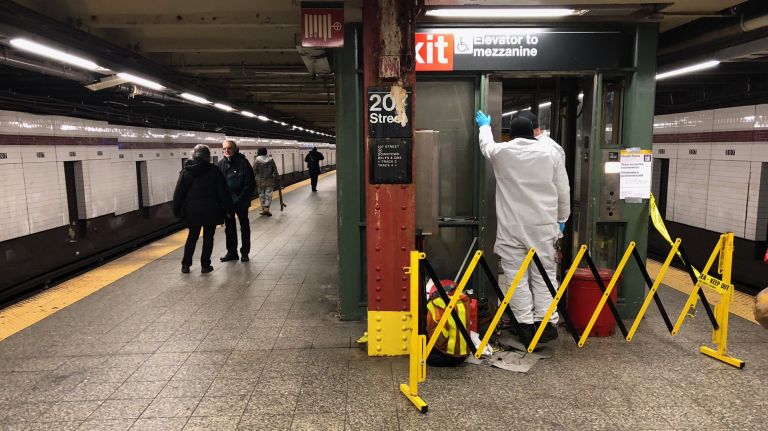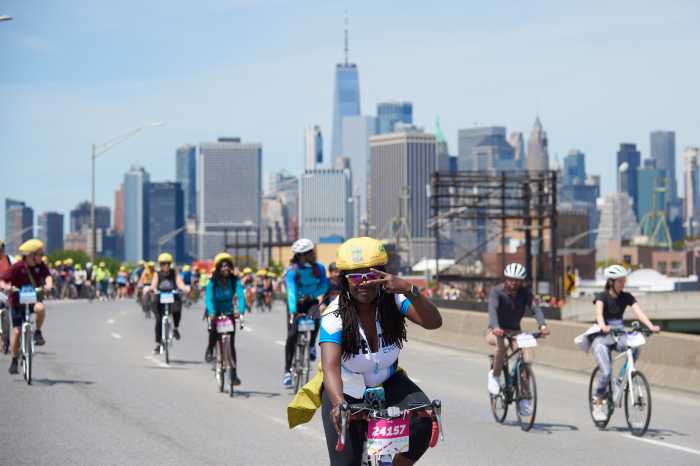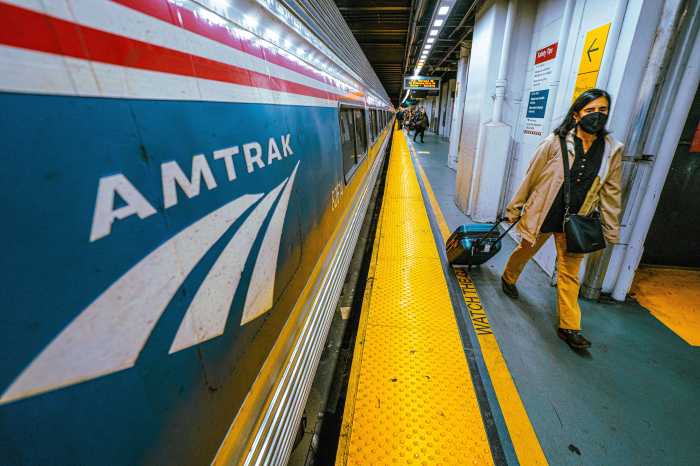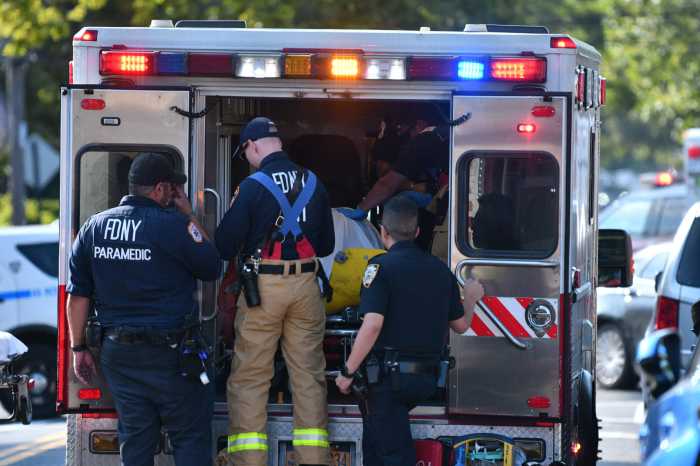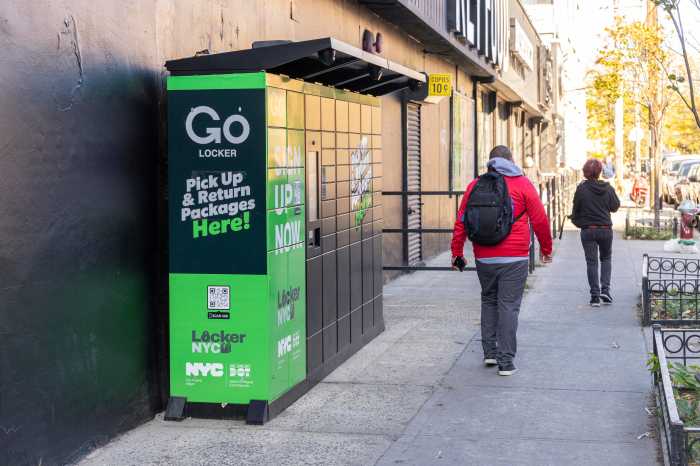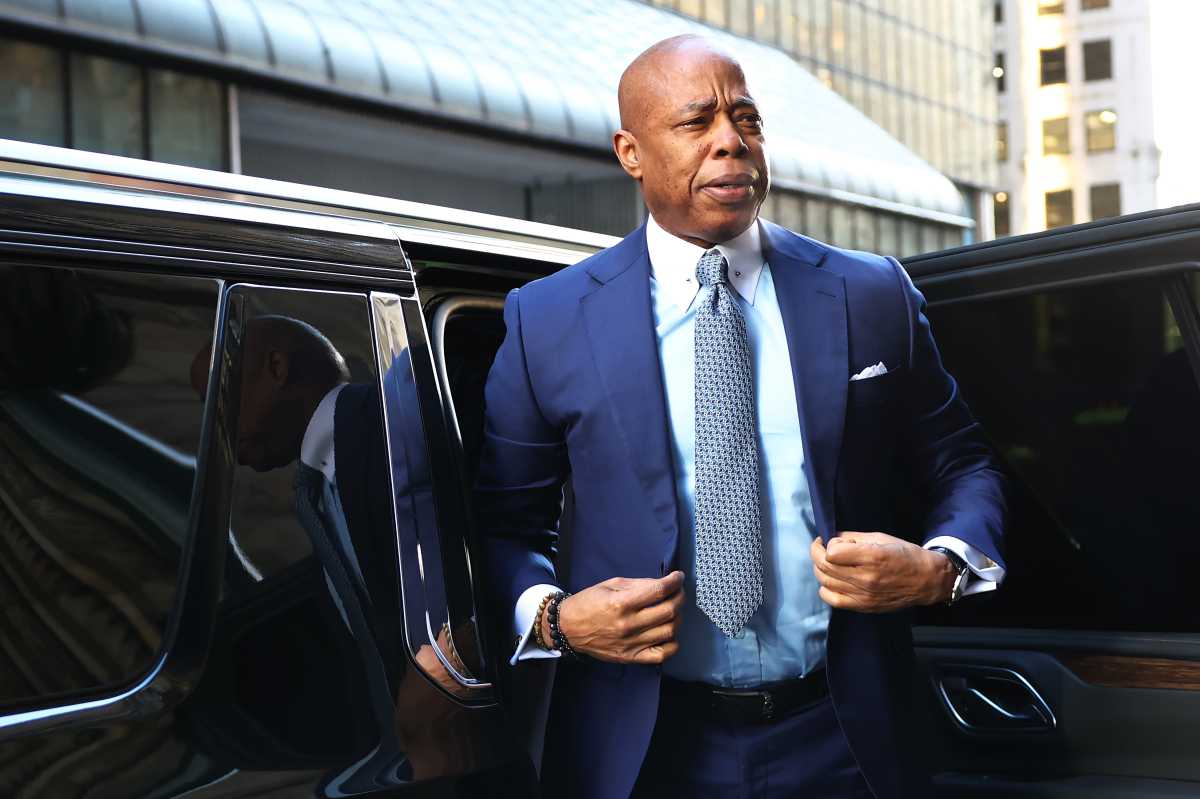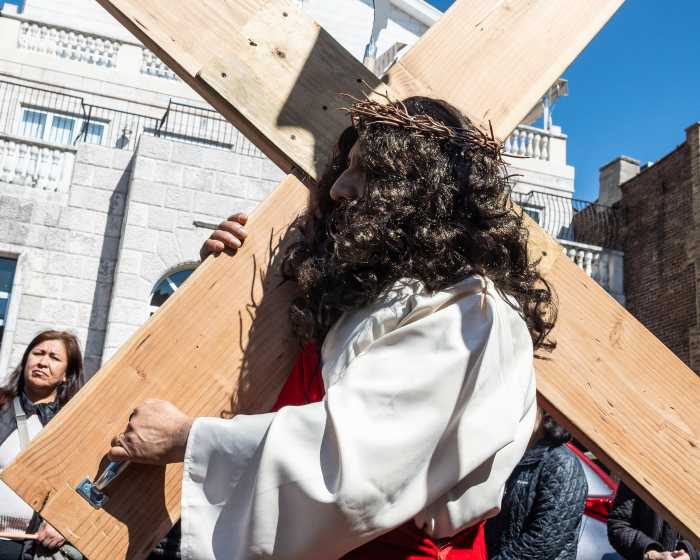
Changes to the city’s zoning rules could greatly expand the accessibility of the New York subway system at a fraction of the cost to the MTA, City Council Speaker Corey Johnson hopes.
In a new report, Johnson outlines still vague proposals to expand through zoning the number of areas where developers are permitted to bulk up the size of their projects in exchange for undertaking accessibility upgrades in nearby subway stations. Only a limited number of areas are currently zoned for that.
The speaker also suggested speeding up the lengthy approval process for allowing such accessibility projects once the areas are rezoned.
“All New Yorkers deserve equal access to their city and we must do everything in our power to accelerate the implementation of ADA accessibility in the transit system,” said Johnson. “Zoning is a tool that the City has within our control and with stronger and more widely applied zoning tools, we can ensure that developers who build near subway stations coordinate with the MTA and help deliver the station improvements like elevators that we so desperately need."

The subway system is embarrassingly inaccessible to riders with disabilities, with just about a quarter of all 472 stations equipped with elevators. After what advocates say were decades of neglect and underinvestment, MTA Transit President Andy Byford last year joined the authority pledging to improve accessibility. The MTA’s proposed capital plan would make up to 70 stations ADA accessible — but at an average of $81 million per project, a figure that alarmed some and appears much higher than peer cities, according to researchers.
“I don’t doubt that elevators are expensive and complicated but this is outrageous even for the MTA,” said Jessica Murray, an advocate at Rise and Resist who supports the City Council’s push. Speaking at a recent MTA board meeting, Murray said those high costs would limit the number of projects the MTA could undertake, stalling a goal of fully accessible subways.
City lawmakers are now looking to leverage the private sector to achieve that aim. Under local laws, builders can make subway station access upgrades under two scenarios. They can be forced into a mandatory enhancement if a project site directly impacts an entrance to a station, or, in certain areas, they can choose to upgrade stations voluntarily through a bonus that allows them to bolster the size of their projects by up to 20% in exchange for bringing adjacent stations up to ADA standards.
That bonus is currently only available in several high-density districts in midtown, lower Manhattan and Downtown Brooklyn. In one district near the Court Square station in Long Island City, the zoning code codifies the arrangement.
Since its creation in 1982, only 11 projects have relied on the subway upgrade program, according to the Department of City Planning. Johnson’s report posits that the lackluster response may be due to a drawn-out approval process for the projects — complete with an environmental review — that typically takes more than two years.

There are currently 53 subway elevators and another 41 escalators maintained by private third parties through the system. While the MTA is notoriously bad at keeping its elevators and escalators working, some of these companies have even worse track records and oversee some of the most frequently broken down lifts. Johnson said the Council should work with the city on ways to use zoning or legislation to improve oversight and levy meaningful penalties for third-parties that fail to maintain elevators and escalators.
Realistically, the zoning bonuses would only be viable in dense parts of the city, but Johnson’s office believes there are plenty of neighborhoods, like Chelsea or parts of uptown Manhattan, where it could prove useful.
Along with Council members Rafael Salamanca Jr., Francisco Moya and Margaret Chin, who chair committees on land use, zoning and aging, respectively, both the city and the MTA appear to be on board. The Council hopes to have final zoning recommendations ready to enact next year.
Both Byford and the Department of City Planning Director Marisa Lago offered statements in support of the effort.
“I very much welcome the speaker’s initiative as this will be another step toward realizing the fully accessible subway system that all New Yorkers need and deserve,” Byford said in a statement.

Colin Wright, an advocacy associate at TransitCenter, which was consulted on the report, said it was urgent to find new solutions that could potentially save the MTA tens of millions of dollars per accessibility project.
“The public is expecting the MTA to make as many stations accessible with available funds,” Wright said. “That means getting creative with proposals like this and finding ways to reduce cost.”



